By now, it should be no secret that I have a weird fascination with the remote, untravelled corners of the world. To go where few have gone before is, to me, one of the most exciting ideas in travel.
For one, it’s always fascinating to learn about what life is like in small, isolated communities – there’s often some wacky stories, such as the island where 10% of inhabitants are colourblind, or the deranged lighthouse keeper of Clipperton Island. But even uninhabited islands carry a mysterious charm about them, probably because – to me, at least – simply being somewhere that few others will be feels special in its own right.
I’ve already written about 7 Remote Places I’d Love to Visit, as well as how to get to those places on points. The last item on that list was Tristan da Cunha, a British overseas territory in the South Atlantic that’s only accessible via a nine-day sail from Cape Town. Today I’d like to complete the list, delving even further into the unexplored reaches of our globe, giving myself a full bucket list of “ends of the earth” to chase.
1. Nauru
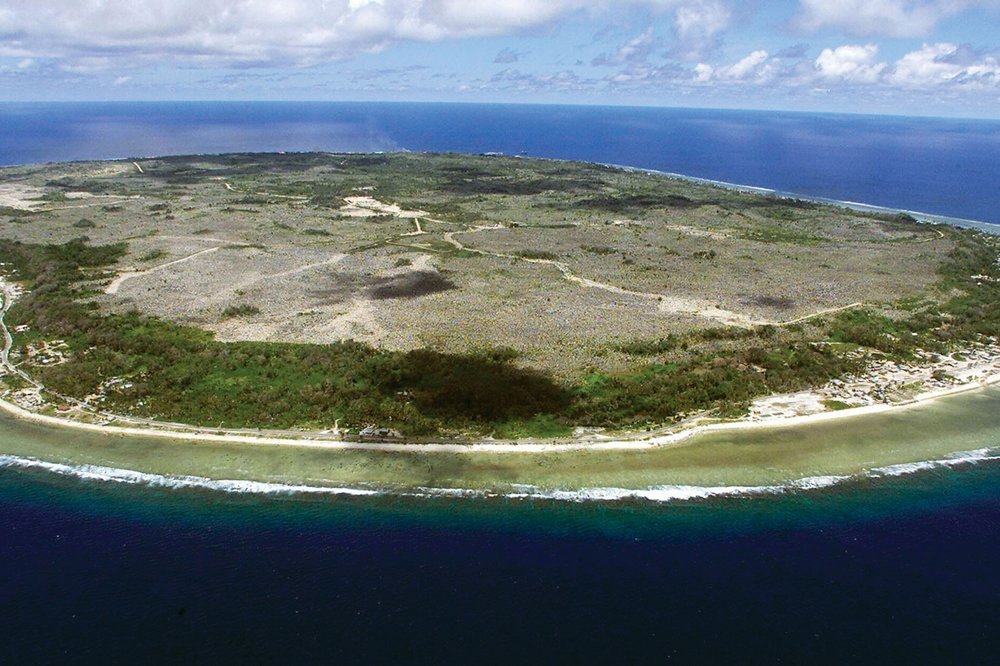
Nauru
The world’s third-smallest sovereign country also has the unenviable honour of being the least visited country in the world, receiving about 200 tourists a year. By comparison, the city of Paris receives, on average, 200 visitors every 5 minutes! Yet, counterintuitively, that’s the exact reason I’d love to visit – what about this island could possibly be so drab and uninspiring? I’m quite eager to find out, and I’m sure that I’ll find something special about Nauru to prove the naysayers wrong.
Certainly, the fact that an open phosphate mine constitutes large portions of the tiny island doesn’t help matters; neither does the fact that the shallow reef surrounding the island makes for choppy waters and rocky beaches. Besides exploring the island for World War II relics, from when the Japanese military briefly occupied, there’s little else to do but marvel at your otherworldly surroundings.
Flying is virtually the only way to arrive on the island, and the only airline serving Nauru International Airport (INU) is Nauru Airlines, which flies nonstop to Brisbane, Nadi (where you can link up with a Fiji Airlines redemption on Alaska), Pohnpei, Chuuk, and Majuro (all of which are stops on the United Island Hopper).
2. Little Diomede Island
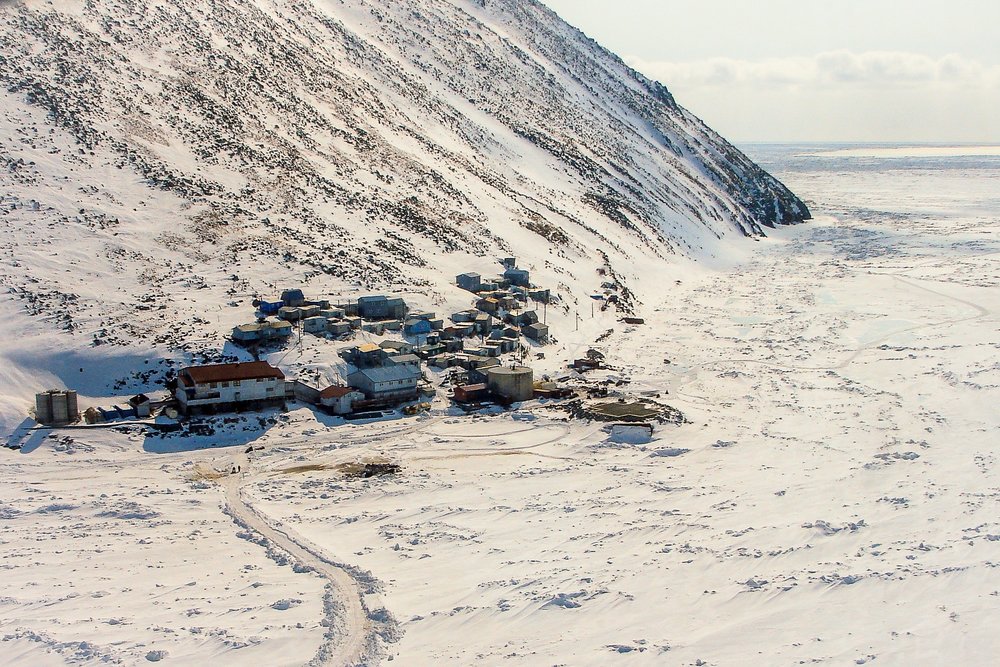
Diomede, Alaska
The very western tip of the North American continent is the 7.3 sq km of Little Diomede Island, about 25 km west of the Alaskan mainland. 110 people live here according to the 2010 census, most if not all of them identifying as the indigenous Iñupiat people of Alaska.
The two Diomede Islands straddle the International Date Line, with Little Diomede’s opposite number, Big Diomede, a territory of the Russian Federation, sitting 4 km to the west and a full 21 hours ahead. There’s no permanent settlement on Big Diomede, so besides a host of bird species and/or an ambitious swimmer trying to bridge the Iron Curtain, the best you can do is have a gander from afar.
Visiting this tiny American outpost in the Bering Strait is by helicopter only, with regular helicopter service linking Diomede Heliport with Nome Airport on the mainland. From Nome, Alaska Airlines operates flights to Anchorage, which means that getting here by redeeming points is a relatively simple task.
3. Chukotka Autonomous Okrug
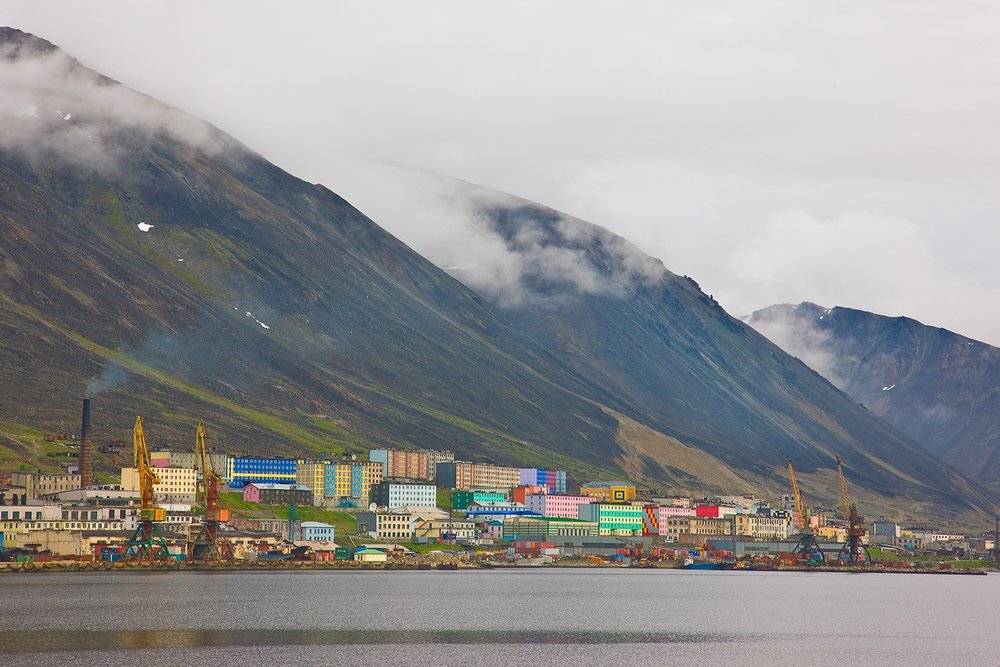
Provideniya, Chukotka Autonomous Okrug
Across the Bering Strait, Big Diomede Island, while completely uninhabited, lies within the auspices of Chukotka Autonomous Okrug, the region of Russia closest to the United States. There’s the Russian Far East, which I discussed in my previous post, and then there’s the Russian Far East – this is the northeasternmost part of Russia, and one of the true “ends of the earth”.
Most people who live here are the indigenous Chukchi and Yupik people, so observing their ways of life and admiring the artwork and poetry is sure to make for an interesting time. Besides a few settlements scattered throughout the okrug, however, most of the land is desolate, icy wilderness.
Chukotavia, the regional airline, provides connectivity between Anadyr, the okrug’s capital, and local communities. Utair operates a twice-weekly direct service to Moscow, which came as a surprise to me. Moreover, Bering Air has a charter flight across its eponymous strait to Nome, and there’s even been reports of people walking over from the United States of America, across the frozen strait in the dead of winter. Not for the faint of heart!
4. Bir Tawil

Bir Tawil
As of the time of writing, Bir Tawil is the only piece of unclaimed land in the world, so while it’s not necessarily in a far-off corner of the world or smack dab in the middle of wide-open ocean, it merits a spot on this list out of sheer intrigue alone.
This uninhabited 2,000 sq km piece of land on the Egypt–Sudan border is claimed by neither country. Egypt and Sudan officially assert their common boundary according to different historical standards, meaning that the neighbouring Hala’ib Triangle is claimed by both countries, while Bir Tawil is claimed by neither. If you arrive here, you can officially plant your flag and claim the land as your own – in the sense that that’s how every “country” ever came to be. Best of luck fending off the war declarations from the dozens of other adventurists who have done the same before you, though.
To get here, fly into Abu Simbel Airport (ABS) in Egypt, rent a 4×4, and make the 160 km overland journey on your own, since there are no roads leading to Bir Tawil. Remember to bring lots of food, water, and of course your flag.
5. Pitcairn Island
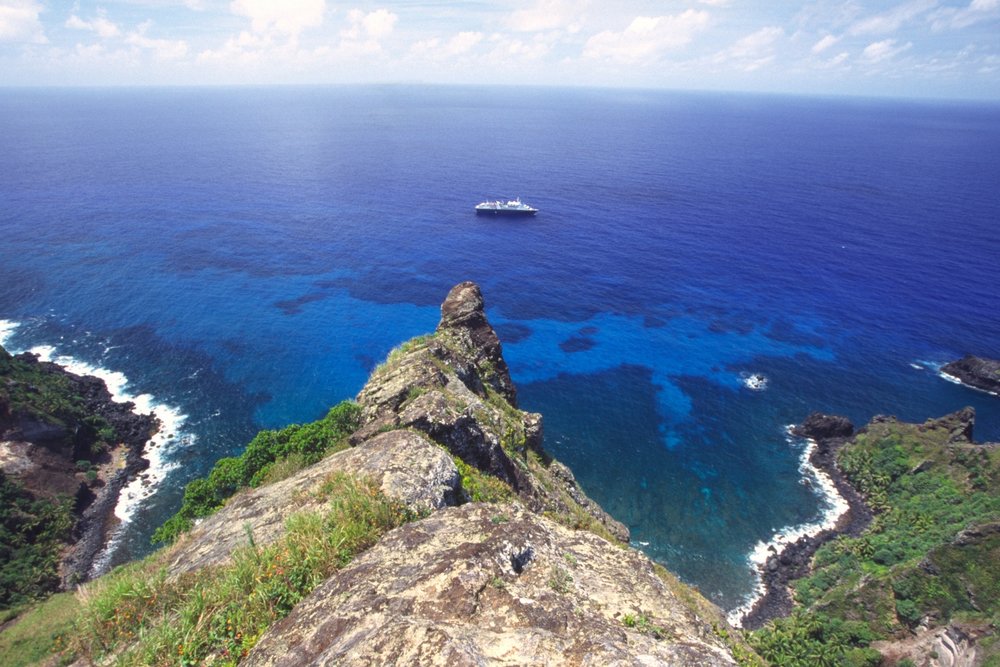
Adamstown, Pitcairn Island
This absolutely tiny speck of an island, situated in the remote South Pacific Ocean, houses less than 50 permanent inhabitants and can only be visited aboard the island’s dedicated ship, the Claymore II, which sails from Mangareva in French Polynesia every three months.
To visit, fly to Totegegie Airport on Mangareva, via Pape’ete, the French overseas collectivity’s capital. Then catch the Claymore II from there.
I love the story of this island – visited occasionally by the ancient Polynesians, Pitcairn was completely deserted when in 1790, the acting lieutenant of the merchant vessel HMS Bounty led a mutiny against the ship’s captain and sailed across Pitcairn, eventually settling on the island and setting the Bounty on fire in the bay.
The 50 or so residents today are the descendants of those mutineers and their Polynesian consorts. The island’s population numbered in the hundreds until recent years, when mass emigration (can you blame them?) brought that number down to the very edge of self-sufficiency.
In my opinion, this place is as close as it gets to a modern-day “deserted island” story, and that’s one of the main reasons I’d love to visit. What could life possibly be like when you’re born and raised in the middle of nowhere, with only 50 others for company?
6. Gurbantünggüt Desert
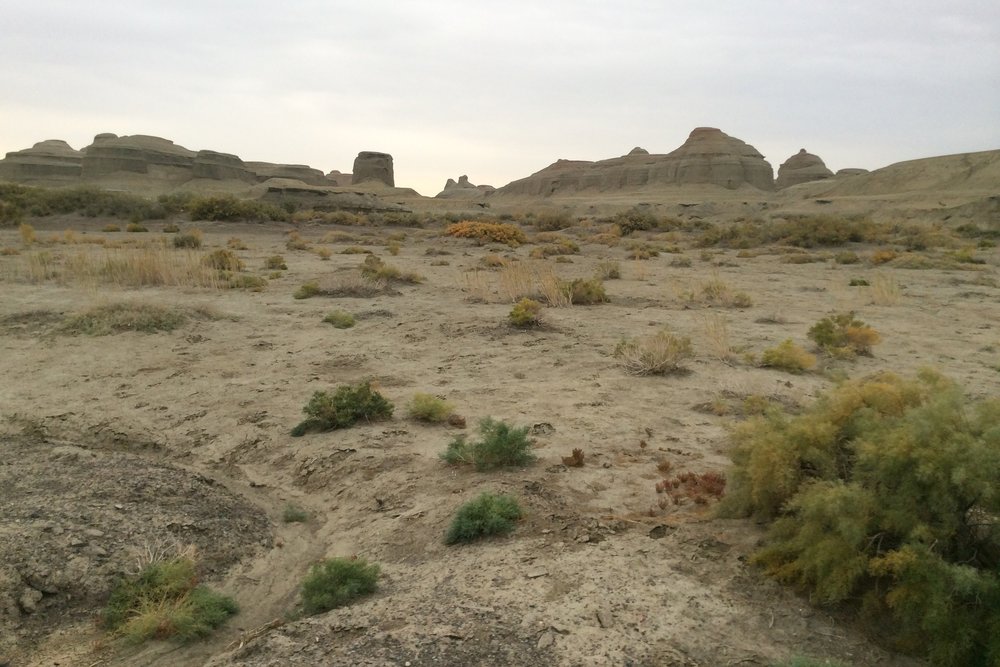
Gurbantünggüt Desert
China’s second largest desert is home to Urumqi, the capital of Xinjiang Uyghur Autonomous Region, but also a notable geographic feature: the world’s “continental pole of inaccessibility”, or the point of land on Earth that’s farthest away from any ocean.
I’ll admit that there’s no practical reason to make an effort to access the pole of inaccessibility. It’s purely something that would be fun to attempt and document, a feather in your explorer’s cap if you will.
If you’re up for the challenge, the two proposed points – 44.29°N 82.19°E and 45.28°N 88.14°E – lie close to the Dzungarian Gate, a historically significant mountain pass between China and Central Asia. Stand at these spots, which sit over 2,500 km away from any ocean, and pause to consider that you are, at that moment, the very definition of landlocked.
7. Bouvet Island
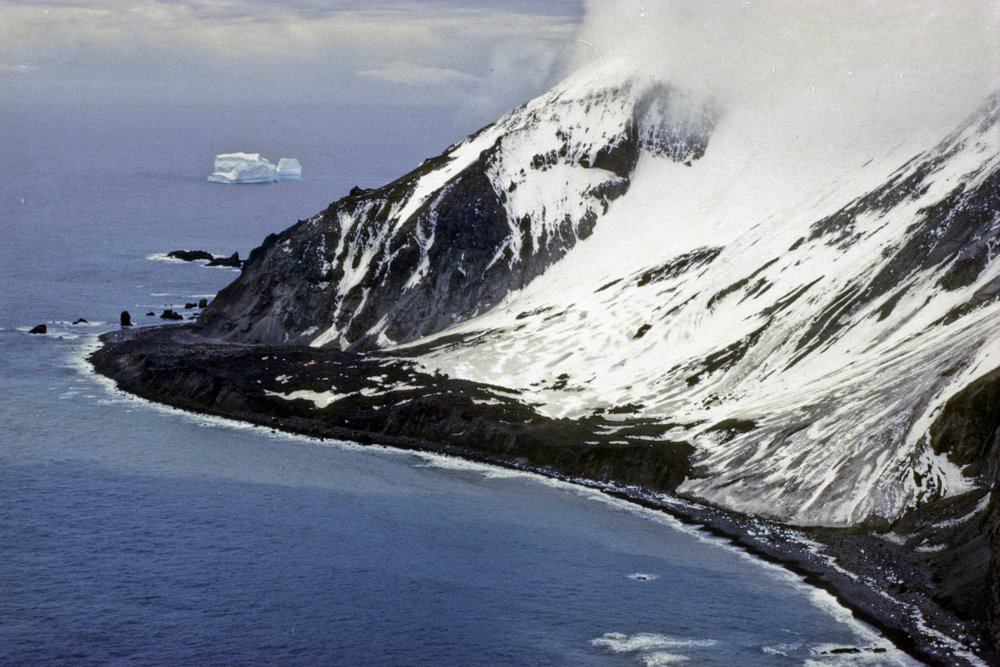
Bouvet Island
Taking the “entirely not useful besides being some mindless and harmless fun” travel challenge a step further is Bouvet Island, or Bouvetøya, a Norwegian dependency that floats all on its lonesome in the very southern South Atlantic Ocean. Approximately 2,600 km south-by-southwest of South Africa, this place is probably the most difficult-to-reach chunk of land on Earth.
There’s essentially nothing on the island but a giant glacier top, with the only thing of mild note being a weather station erected on a small clearing that was created by a rock slide 50 years ago.
Physically setting foot on the island is tricky to say the least, since there’s nothing resembling a harbour. If anchoring offshore and navigating the storm-lashed “furious fifties” of the South Atlantic in a light boat isn’t your thing, the safest way to get ashore is probably via helicopter off the deck of your ship.
Speaking of which, unless you want to sail there on your private craft, there’s no way to get to the island except onboard a research expedition vessel. Your chances of getting a spot onboard are much higher if you have some useful skill to offer, such as being a geologist or an oceanographer by trade. For most people, there’s no reason to bother, because there’s literally no reason to visit this place other than the fact that it exists – which, nevertheless, is reason enough for some.
Conclusion
I’ve pretty much completed my remote destinations bucket list at this point, and the next time I bring up this topic will be when I actually make a trip myself to check one off the list. Some of these places are more realistic goals than others, but all are interesting in their own right and capture my imagination in a very particular way. One thing’s for sure – if you share my enthusiasm and also happen to own a private vessel, get in touch!




















It’s a great list of places, thanks for sharing. Now I moved to Pittsburgh, PA and after all the turmoil I want to go to a very remote place like on your list!
You seem like the guy who would find Point Nemo intriguing.
You got me! I figured it might’ve been slight overkill to include a featureless coordinate in the middle of empty ocean, though.
Big Diomede is 21 hours ahead of Little Diomede, not 24 hours behind 🙂
Note to self: Fact check! Thanks! 🙂